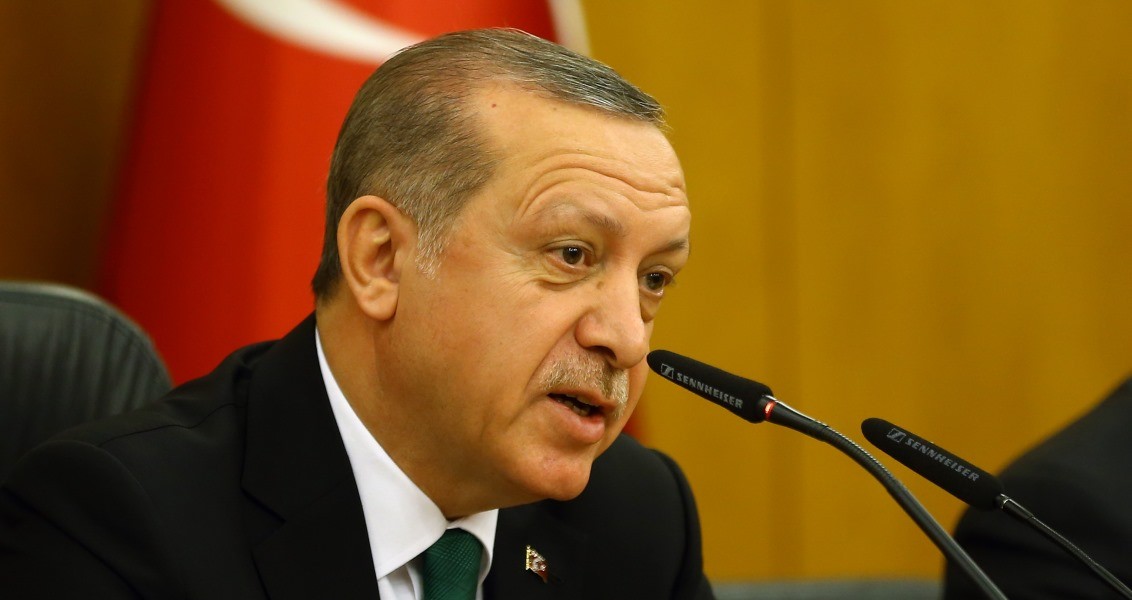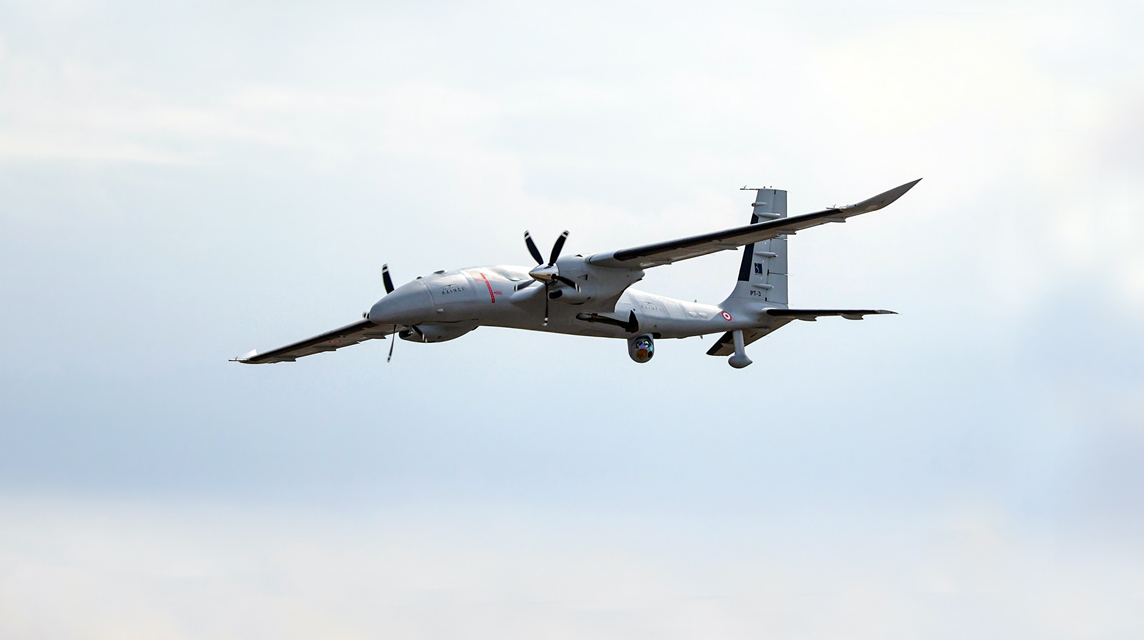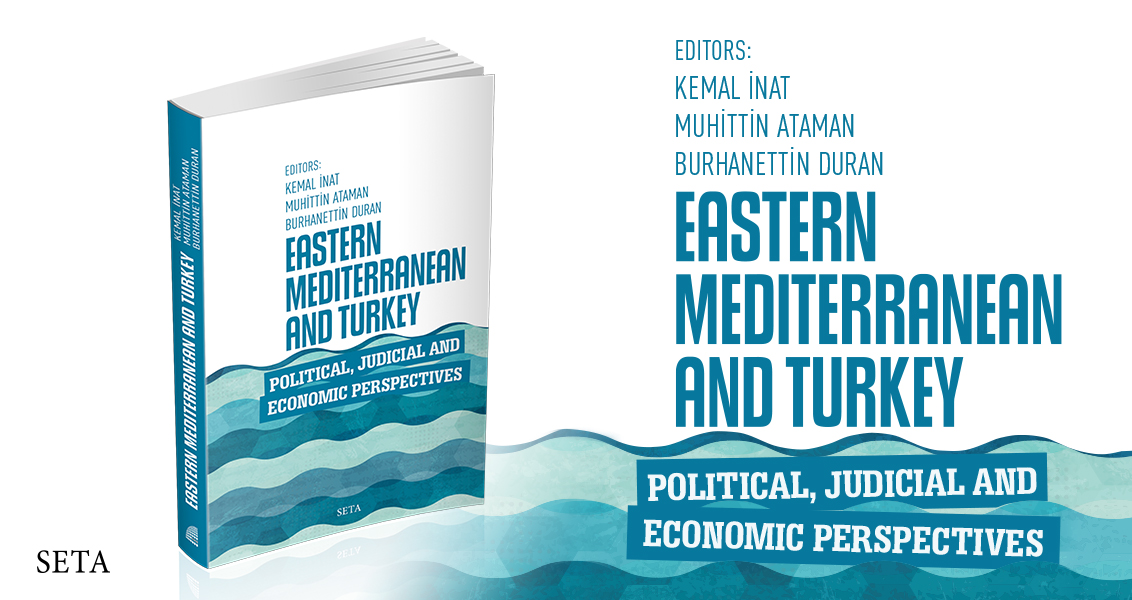While rhetorical debates around the notions of "global axis shift" and "multi-polarity" continue in full swing in political circles, current and prospective economic parameters are giving strong indications that Asia will preserve its position as the engine of growth in the world economy. In this context, the IMF's recently published "Biannual Regional Economic Outlook for Asia and the Pacific" has stressed that economic growth performance in the Asia-Pacific will continue to comfortably outperform the rest of the world in the medium term. This virtuous regional trend is largely attributed to the influence of robust domestic consumption spurred by healthy labor markets and a relatively egalitarian income distribution, complemented with low interest rates and the positive impact of the recent fall in oil prices. The expectations are that the region's cumulative gross domestic product (GDP) growth will stay steady around 5.6 percent in 2015 and 5.5 percent in 2016. Needless to say, these figures are eye-catching at a time of global slowdown, lackluster recovery in Europe and less-than expected growth impetus in the U.S. Despite tighter financial conditions in international markets triggered by capital flow reversals in the wake of the prospect of monetary tightening by the Federal Reserve, the moderate global recovery does just enough to support demand for Asia's manufacturing exports.
However, since some of the emerging economies in Asia, i.e. China, move towards more mature social structures and commodity exporters are negatively influenced by global price volatilities, regional variations in the pace of growth are expected to widen. In the coming years, China is likely to follow a more moderate growth path by its exceptional standards, with the growth rate expected to slow down from previously double digits to a more sustainable 6.8 percent in 2015 and 6.3 percent in 2016. On the contrary, Asia's third-largest economy, India, is being promoted to the position of a bright pupil in the region, being one of the major beneficiaries of lower commodity prices. While gradually turning into a new engine for global growth, India is very likely to increase its gravitas in Asia with an expected GDP growth of 7.5 percent in 2015 and 2016.
As for the historically miraculous and recently sluggish economic powerhouse, Japan, the financial acrobatics of the Abe administration and substantial devaluation of the Japanese Yen in line with strategic trade policies seem to have done the trick. Increased international competitiveness is translated into a moderately positive growth path that is expected to pick up by up to 1 percent this year and 1.2 percent in 2016. This hardly creates sufficient ground to re-label Japan as an engine of global growth, but at least the long years of recession and stagnation seem to be fading away. Finally, there is a fundamental divergence between the net commodity exporters and importers in Asia, with exporters of non-oil commodities whose prices have fallen sharply, such as Australia, New Zealand, Indonesia and Malaysia, that are likely to be adversely affected by the global shift in terms of trade. But particularly Indonesia gives the early signals of another strong take-off story within the region.
Asia's economic dynamism, which is projected to continue in the medium term, placed the region at the epicenter of global geopolitical and geo-economic power struggles whereby the United States, European Union, China, Japan and Russia strive to influence the regional configuration of power balances in their favor. A crucial aspect of these struggles relate to the aspirations of global actors to tap into the regional economic growth potential and transfer that dynamism to their production-trade bases. Projects such as the U.S-led Trans-Pacific Partnership (TPP) and China-led Asia Infrastructure Investment Bank (AIIB) emerged as clear institutional manifestations of this struggle. When the political dust settles in Turkey following the June 7 elections, the attention of policy makers will








